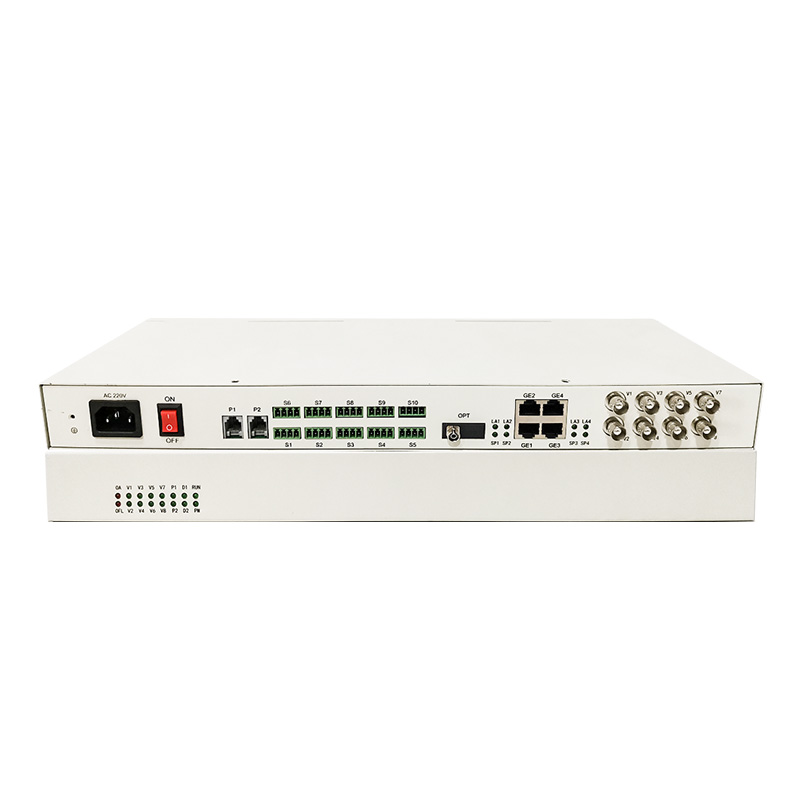Fiber to POTS Converter
-
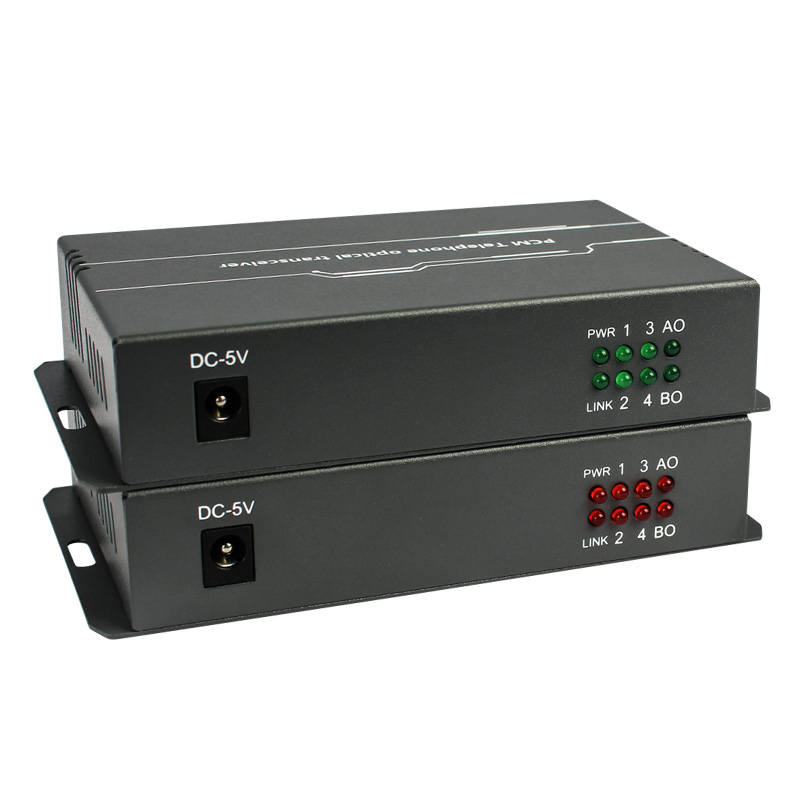
2/4/8 channel telephone optical transceiver
-
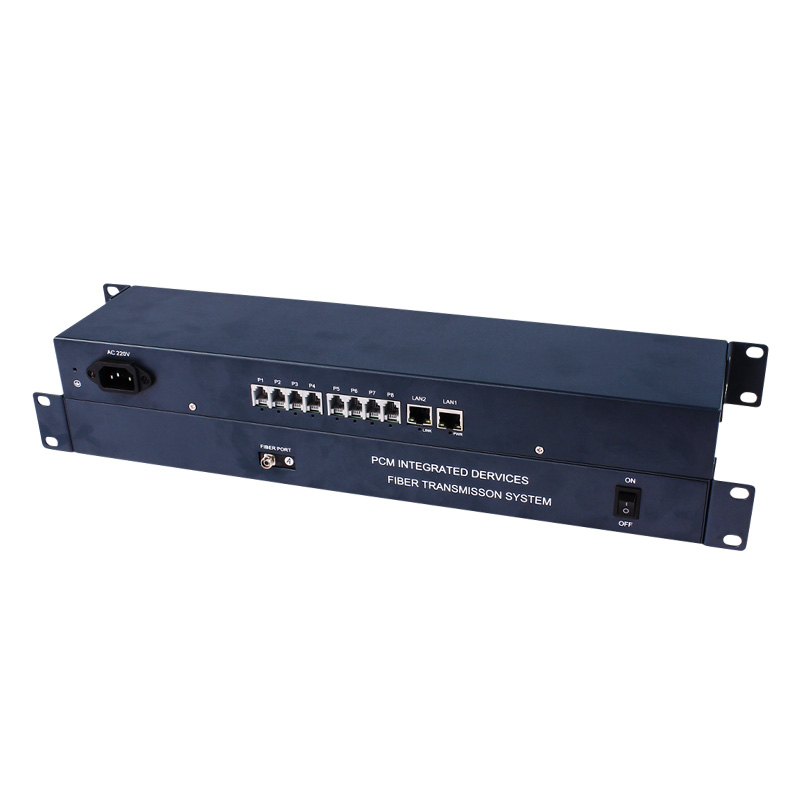
8-32-channel telephone PCM Converter
-
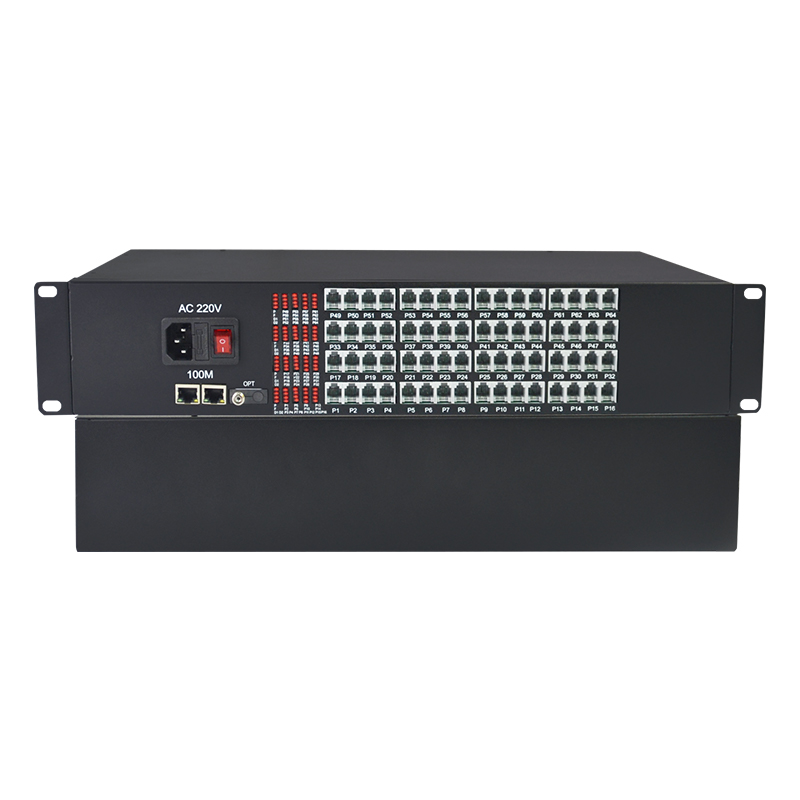
48-128- channels pots telephone over fiber
-
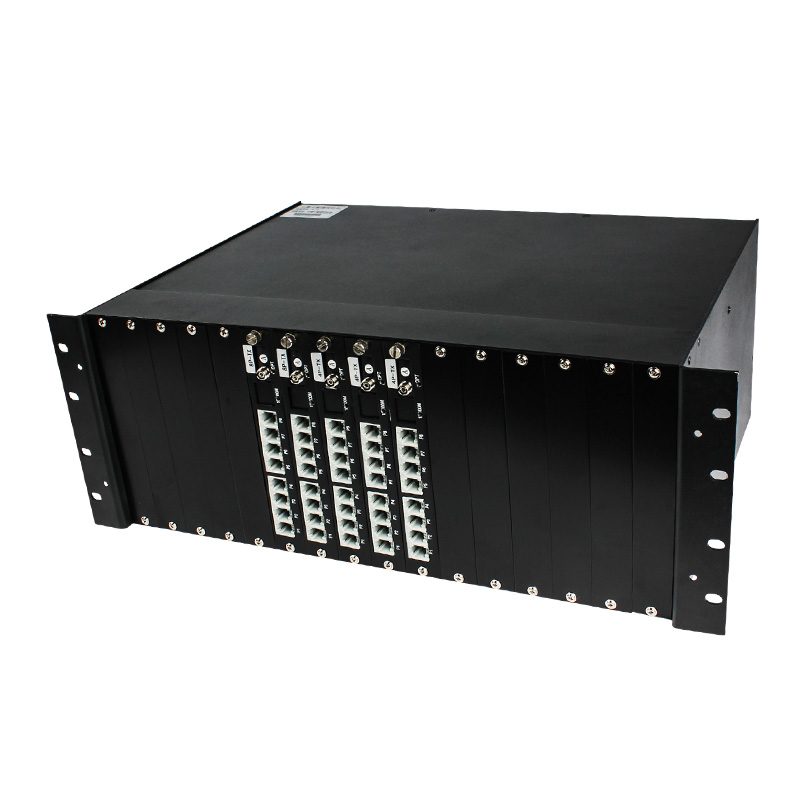
Centralized management 4U chassis telephone over fiber
-
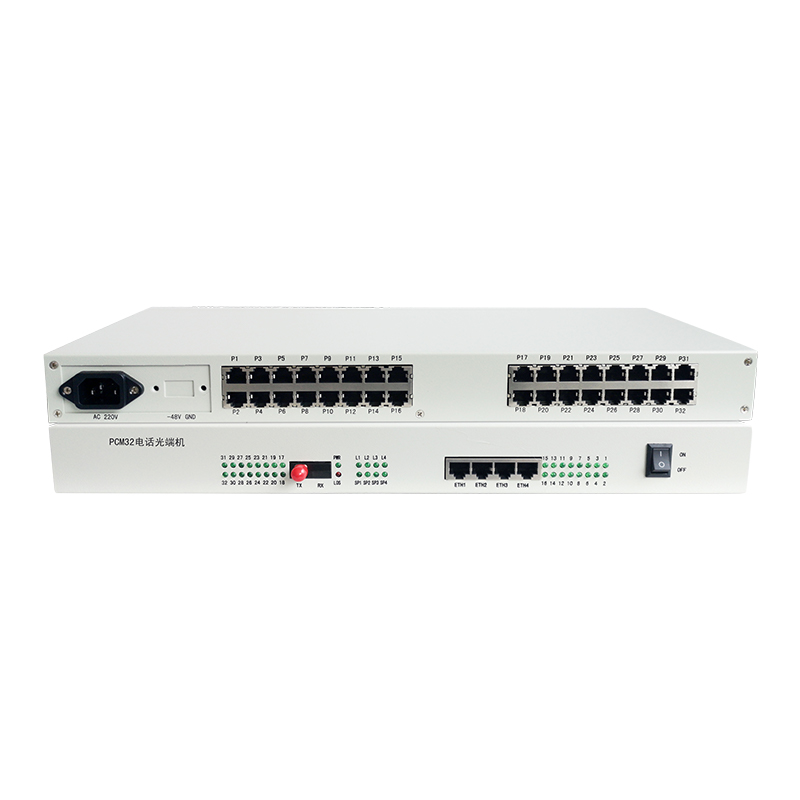
Carrier grade 4-32 channels telephone over fiber
-
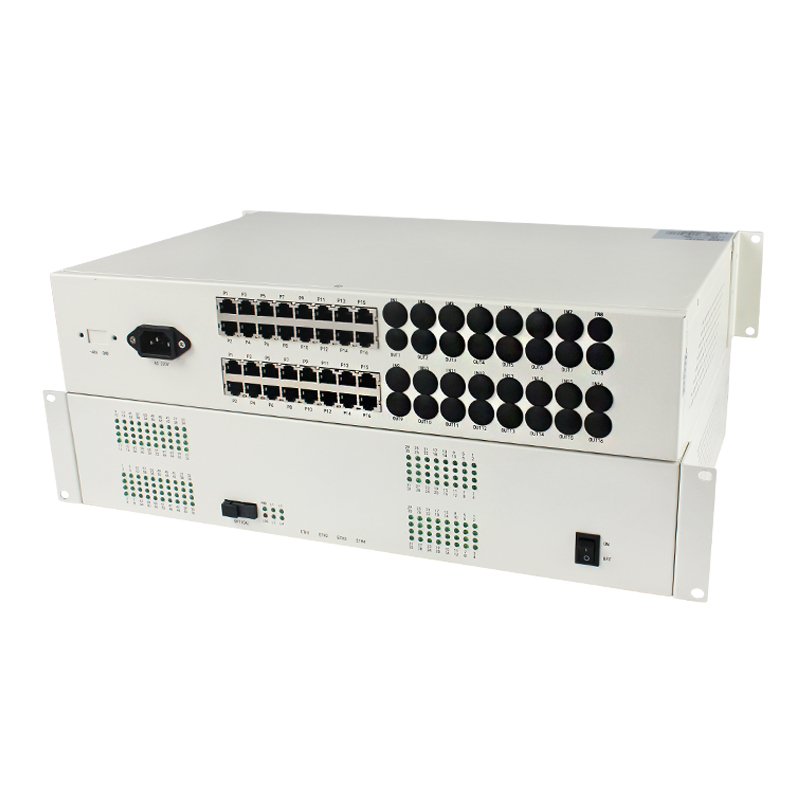
Carrier grade 64-128 channels telephon over fiber
A telephone optical transceiver is a device that
converts traditional telephone signals into optical signals and
transmits them over optical fiber.
According to the application field telephone optical transceiver
can be divided into 4 categories: 1.
1. telephone optical transceivers for monitoring: used to
transmit video signals (such as the output of ordinary cameras
is the video signal), and can also assist in the transmission of
audio, control data, switch signals and Ethernet signals, mainly
used in highways, urban traffic, community security and the need
to monitor various fields.
2. telephone optical transceivers for broadcasting: used to
transmit RF signals, whose terminals are not point-to-point
transmission, it does direct branching in the optical path,
which can be used by a transmitter to multiple receivers, mainly
used in the field of optical transmission for cable TV.
3. telephone optical transceiver for telecommunication: each
basic channel of the transceiver is 2M, also commonly known as
2M transceiver, each 2M channel can transmit 30 way telephone or
transmit 2M bandwidth network signal, it is only a fixed
bandwidth channel, the use mainly depends on the supporting
equipment connected with the optical transceiver, the protocol
it supports is G.703 protocol, mainly used in the field of fixed
bandwidth telecommunication optical communication.
4. telephone optical transceiver for power: substation based on
the different applications in these fields, the telephone
optical transceiver used by broadcasting and telecommunications
is relatively fixed and less diverse.
With the development of domestic communication networks, the
development momentum is strong, and the monitoring range of
telephone optical transceiver applications is becoming more and
more extensive. The most used aspect of telephone optical
transceiver is the long-distance video and data transmission. In
the monitoring field of highways, banks, electric power,
telecommunications, etc. all require remote transmission of
video signals, and the main solution is to use optical
transceivers to convert video signals into digital signals for
transmission through optical fiber. In addition, the optical
transceiver has a wide range of applications in remote video
conferencing, distance learning, telemedicine, communication and
many other fields, and the future optical transceiver will
develop in the direction of digitalization and networking.


